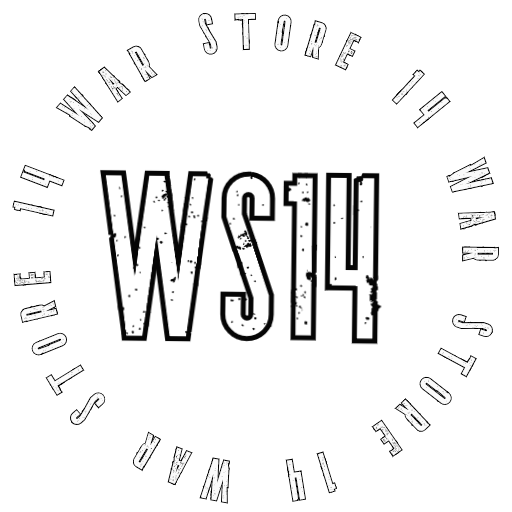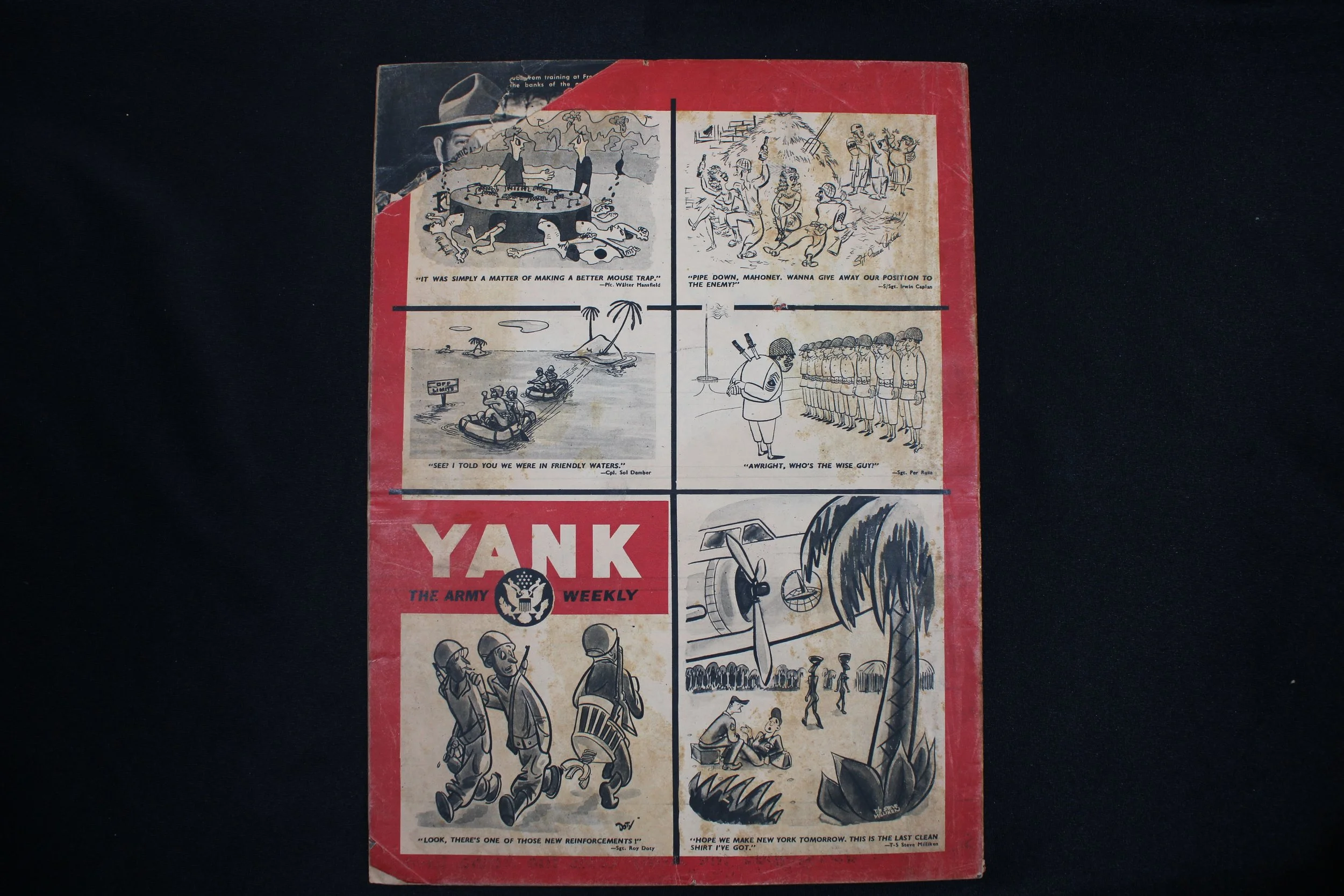 Image 1 of 3
Image 1 of 3

 Image 2 of 3
Image 2 of 3

 Image 3 of 3
Image 3 of 3




Fortress 97 - Colditz: Oflag IV-C by Michael McNally
The aspects of World War II that have been most studied and written about are the politics that led up to the war and that were most prominent during the war. There are also many books and films dedicated to the Holocaust and important battles. We also hear about soldiers and their leaders while they were on the battlefields, but not much has been noted about their time as prisoners of war.
Michael McNally's Colditz: Oflag IV-C chronicles the history of the castle of Colditz, known as Oflag IV-C during WWII, which was used as a prison for soldiers and military leaders who were captured by the Nazis. The castle gets its name from the town where it stands (Colditz), located near Leipzig. It was built in the middle of the 11th century, was enlarged as time passed, and became a royal residence by the 1600s. Before it became a prison camp in 1933, it served as a poorhouse and a mental asylum, and a hospital and nursing home soon after the war ended.
McNally describes how the supposition that the castle was impossible to escape was undermined by prisoners of war-men from France, Poland and Great Britain among others-and illustrates how they coordinated some of the most memorable and ingenious escape schemes. One such memorable escape plan, known as “The Franz Josef Escape,” took months of preparation and required one of the prisoners to impersonate Fritz Rothenberger, one of Oflag IV-C's leading commanders.
This book is an ideal read for anyone: from history buffs who would like to learn more about this often overlooked aspect of WWII, to those who would simply like to expand their knowledge of WWII history. The book features color and black-and-white photographs of the castle and its prisoners. There are also detailed maps and illustrations that depict some of the more important events that occurred in Colditz during this period, and readers what the castle looked like when it was first built in the 11th century.
The castle still stands today and is known as the “Escape Museum.” The part of the castle which was known as the Kommandatur (German quarters) during World War II is now a youth hostel and a vacationer's hotel. In the closing chapter of his book, McNally offers useful information on how to get to the museum for those who would like a first hand experience of Colditz's long and rich history.
Condition: Like New
Pages: 64 Paperback
Dimensions: 7-1/4x9-3/4
Author: Michael McNally
Publisher: Osprey
The aspects of World War II that have been most studied and written about are the politics that led up to the war and that were most prominent during the war. There are also many books and films dedicated to the Holocaust and important battles. We also hear about soldiers and their leaders while they were on the battlefields, but not much has been noted about their time as prisoners of war.
Michael McNally's Colditz: Oflag IV-C chronicles the history of the castle of Colditz, known as Oflag IV-C during WWII, which was used as a prison for soldiers and military leaders who were captured by the Nazis. The castle gets its name from the town where it stands (Colditz), located near Leipzig. It was built in the middle of the 11th century, was enlarged as time passed, and became a royal residence by the 1600s. Before it became a prison camp in 1933, it served as a poorhouse and a mental asylum, and a hospital and nursing home soon after the war ended.
McNally describes how the supposition that the castle was impossible to escape was undermined by prisoners of war-men from France, Poland and Great Britain among others-and illustrates how they coordinated some of the most memorable and ingenious escape schemes. One such memorable escape plan, known as “The Franz Josef Escape,” took months of preparation and required one of the prisoners to impersonate Fritz Rothenberger, one of Oflag IV-C's leading commanders.
This book is an ideal read for anyone: from history buffs who would like to learn more about this often overlooked aspect of WWII, to those who would simply like to expand their knowledge of WWII history. The book features color and black-and-white photographs of the castle and its prisoners. There are also detailed maps and illustrations that depict some of the more important events that occurred in Colditz during this period, and readers what the castle looked like when it was first built in the 11th century.
The castle still stands today and is known as the “Escape Museum.” The part of the castle which was known as the Kommandatur (German quarters) during World War II is now a youth hostel and a vacationer's hotel. In the closing chapter of his book, McNally offers useful information on how to get to the museum for those who would like a first hand experience of Colditz's long and rich history.
Condition: Like New
Pages: 64 Paperback
Dimensions: 7-1/4x9-3/4
Author: Michael McNally
Publisher: Osprey
















